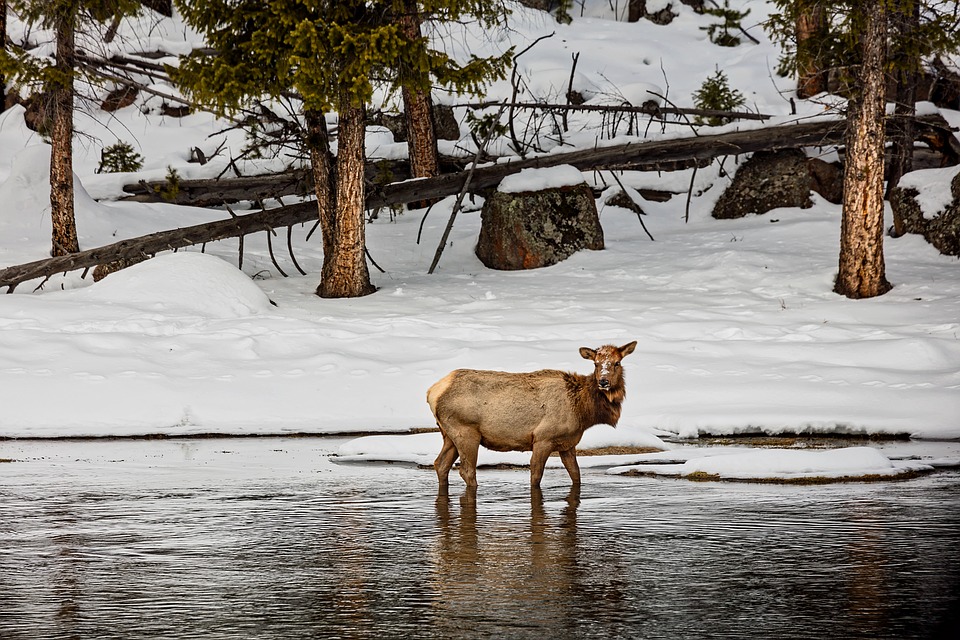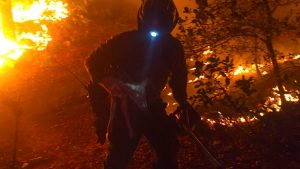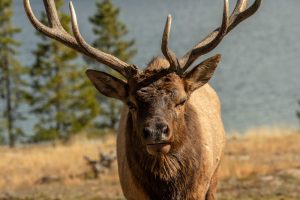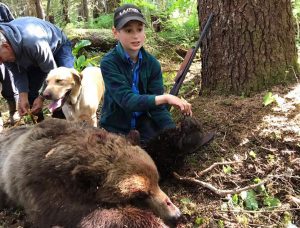Present in both bison and elk, Brucellosis is an infection that causes infected animals to abort their calves. While the infection has historically affected both species, it is the bison where much of the efforts to contain brucellosis were concentrated.
As large grazing animals who often encounter livestock, ranchers have grown abundantly concerned that the infection would eventually be spread to private cattle herds. While much has been done to decrease the disease’s profile as a human health risk, many ranchers are still of the belief that infected cattle would be a challenge to sell.
Believed to be the last remaining hotspot for brucellosis, the Greater Yellowstone Ecosystem was the setting for a recently released study that should have wildlife managers and ranchers shifting their focus to elk. The report from the National Academies of Sciences, Engineering and Medicine affirmed that elk, not bison, pose a more significant transmission risk, calling on state wildlife agencies to prioritize their findings.
“Federal and state agencies should prioritize preventing transmission by elk,” Terry McElwain, a professor at Washington State University and the chair of the study told the Bozeman Daily Chronicle.
Currently, bison in the GYE is managed on the state level using annual culls to trim the numbers and keep infections in check. While the authors of the study are not advocating to halt these effective programs, they are suggesting that similar programs could be implemented for elk herds in the area.
A collaborative approach is needed as suggested by McElwain and his team of researchers who found that federal, state and tribal agencies often operated in a disjointed fashion. Additionally, there is much research to be done on the effects of removing big game animals such as elk on not only the landscape but on the local economic impacts smaller herds could mean on the state level.
In addition to hunting, elk are a big part of Montana, Wyoming and Idaho’s tourism industries, so any management of these animals should be extremely well planned.




